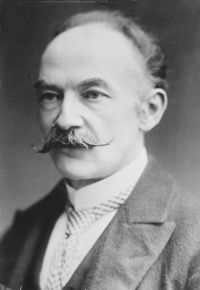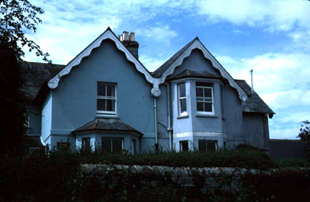Poets Corner Café
Sturminster Newton in the heart of the Blackmore Vale
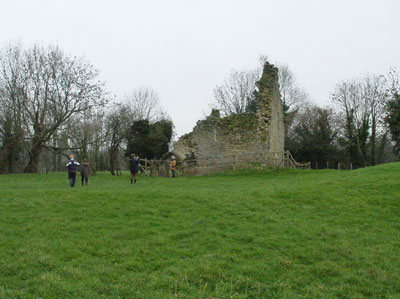 The town stands alongside the River Stour at an ancient fording point.
On the other side of the Stour from the main part of the town stands the remains of a fortified manor house locally known as Stur Castle which is built within an iron age earthwork. The remains of the manor house can still be seen from the footpath which runs from the bridge to Holehouse Lane but it is on private land.
The town stands alongside the River Stour at an ancient fording point.
On the other side of the Stour from the main part of the town stands the remains of a fortified manor house locally known as Stur Castle which is built within an iron age earthwork. The remains of the manor house can still be seen from the footpath which runs from the bridge to Holehouse Lane but it is on private land.It was said to have been built for Catherine Parr, one of Henry VIII's wives but what connection she had with Stur is not known. This part of the town is called Newton which is actually older than Stur and includes many very old thatched cottages.
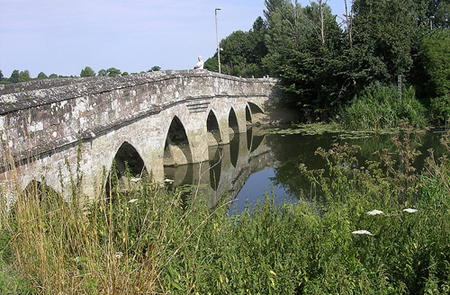 In the 16th century a six arch stone bridge replaced the ford and it is still used to access the town from the South East. A sign which threatens deportation to anyone damaging the bridge is still clearly readable.
In the 16th century a six arch stone bridge replaced the ford and it is still used to access the town from the South East. A sign which threatens deportation to anyone damaging the bridge is still clearly readable.On the Newton side of the river stands the mill. There has been a mill on the site for 1000 years but the present one dates from the end of the 17th Century.
Along the Stour there were four water mills within a short distance Fiddleford, Sturminster, Cutmill and Kingsmill. Kingsmill has been restored and the building at Fiddleford remains but, sadly, Cutmill near Hinton St Mary suffered a fire and is derelict.
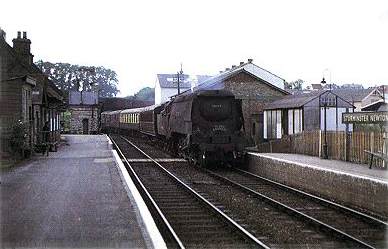 The River Stour runs from Stourhead, the National Trust estate in Wiltshire down to Christchurch where it joins the Hampshire Avon.
The River Stour runs from Stourhead, the National Trust estate in Wiltshire down to Christchurch where it joins the Hampshire Avon.Along a large part of its length runs the old track of the Somerset and Dorset railway which was closed in the Beeching cuts. The railway ran through Stur and the market, one of the largest calf markets in England, used to rely heavily on it. You can still see some of the station buildings - now Streeters carpets - from outside Poets Corner.
The market closed in 1998 but the area it once occupied houses the new Exchange community centre, shops, a medical centre and new housing. This area is next to Poets Corner
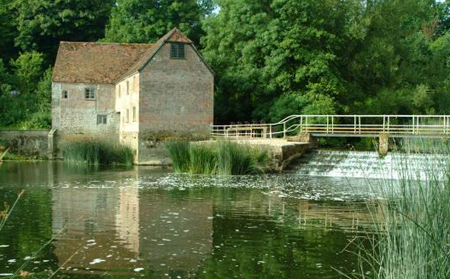 Every year in September a Cheese festival is held in the town. The town used to have its own creamery which produced award winning cheddar for which the locals used to queue to buy at the market stall but Dairy Crest decided to close it down in 2000. The good news is that you can still get cheese made by the former cheesemaker using local milk in Holebrooks in Stur. The town is part of the historic West Country Carnival circuit.
Every year in September a Cheese festival is held in the town. The town used to have its own creamery which produced award winning cheddar for which the locals used to queue to buy at the market stall but Dairy Crest decided to close it down in 2000. The good news is that you can still get cheese made by the former cheesemaker using local milk in Holebrooks in Stur. The town is part of the historic West Country Carnival circuit.The town had a population of 3,105 during the 2001 census, but is growing fast. 30.93% of the population are retired. The town has 43 shops and there is a primary and a secondary school. A market is held in the town on Mondays.
The Literary Connection
During the 19th century Robert Young - a poet and tailor from Stur, who wrote under the pen name "Rabin Hill", rented a house to Thomas Hardy for the two years he lived in the town. The house which you can see from the recreation ground overlooking the River Stour has a plaque to commemorate Hardys time there.
During the 19th century Robert Young - a poet and tailor from Stur, who wrote under the pen name "Rabin Hill", rented a house to Thomas Hardy for the two years he lived in the town. The house which you can see from the recreation ground overlooking the River Stour has a plaque to commemorate Hardys time there.
While he lived here he wrote "Return of the Native"; "Tess of the D'Urbevilles", which is set in nearby Marnhull (or Marlott as it is known in Tess) was written after he returned to Dorchester. In Tess you can find references to Stourcastle, the town based on Sturminster.
The town is also famous as the home of poet and author William Barnes, a largely self educated man who wrote dialect poetry. Born the son of a farmer in Bagber, a hamlet a few miles from Stur, he worked as a solicitors clerk and later a schoolmaster in Sturminster. He became ordained in the church and went on to become curate at Whitcombe near Dorchester. His statue is in Dorchester .
